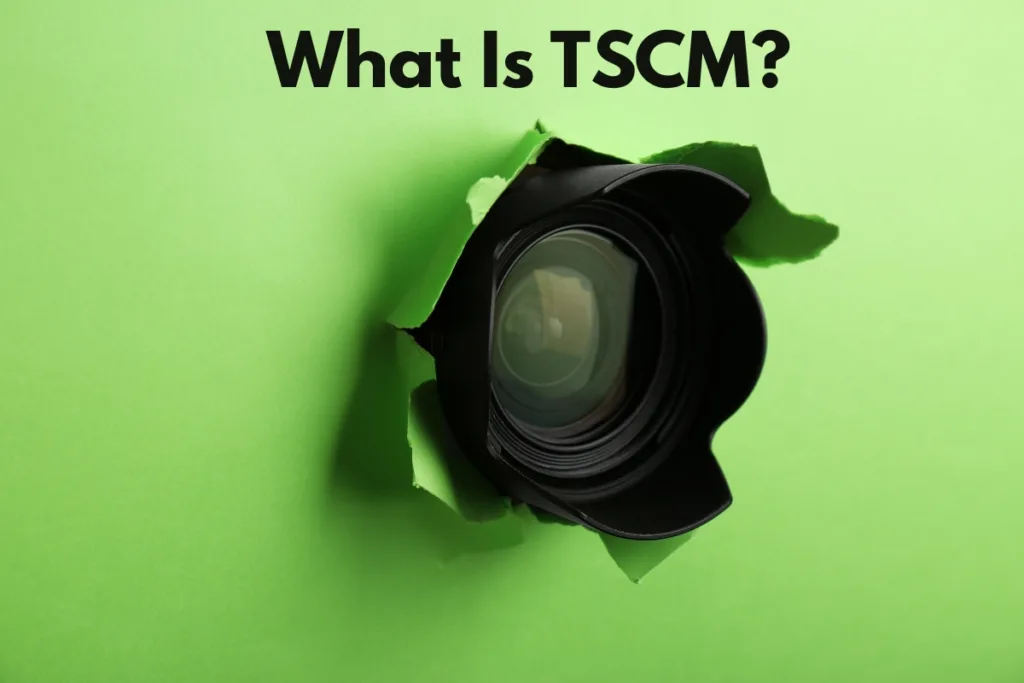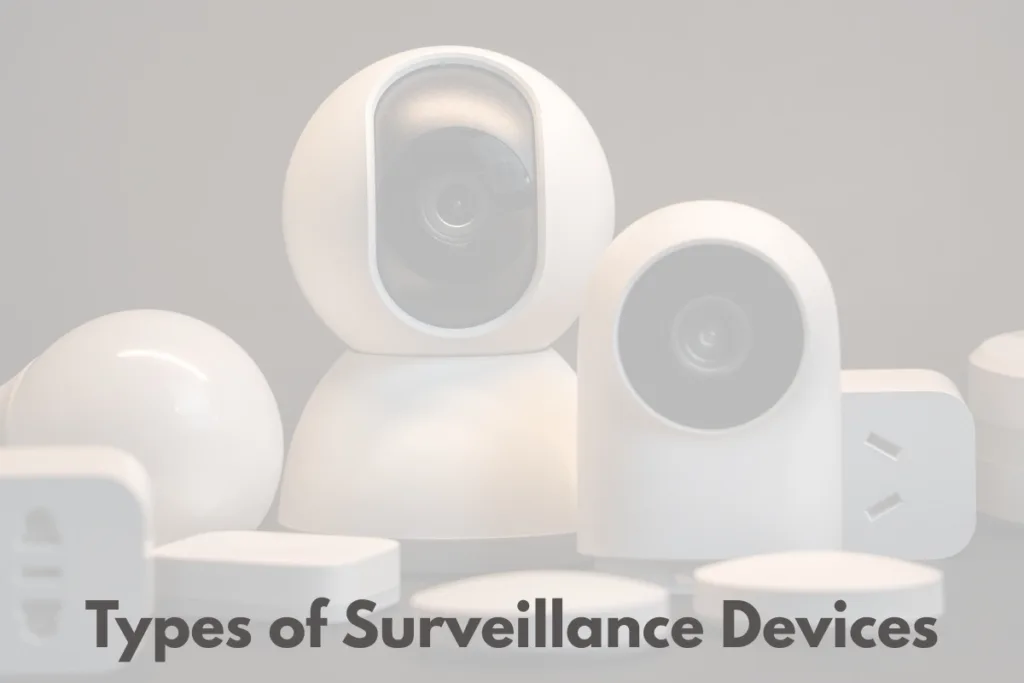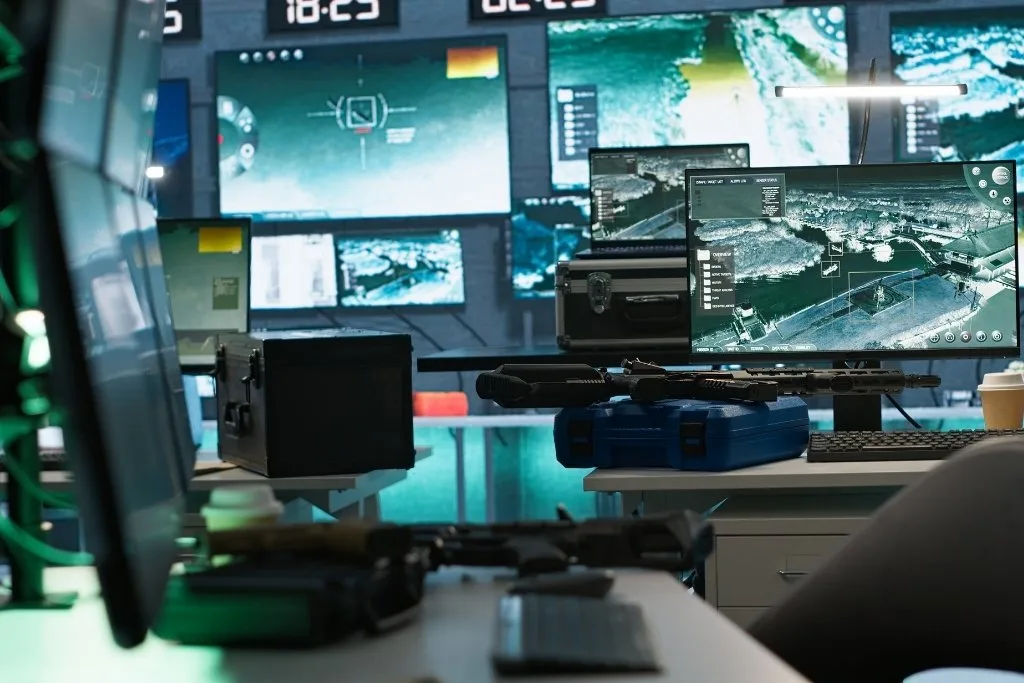Ever worry someone might be spying on you? Not to freak you out, but it happens way more than most people think. Just last month, a high-profile executive discovered three different listening devices planted in his office boardroom – stuff straight out of spy movies, except it was real life.
TSCM. Weird acronym, right? But if you’re concerned about privacy (and honestly, who isn’t these days), you should probably know what it means.
Let’s dig into this whole counter-surveillance world and why it actually matters for regular people.
What Is TSCM?

TSCM stands for Technical Surveillance Counter-Measures. Basically, it’s professional bug sweeping – finding hidden cameras, microphones, GPS trackers, and other sneaky gadgets someone might plant to monitor conversations or activities without permission.
The concept started with government agencies and military operations years ago, but now it’s something regular businesses and wealthy individuals use too. Makes sense when you consider how much sensitive info gets discussed in boardrooms or private residences.
There was a case where a tech CEO was absolutely sure his office was clean. Turned out his main competitor had planted a tiny mic in an artificial plant next to his desk. Had been there for months! These devices are getting so small and clever that nobody spots them just by looking around.
At HK Defense Solutions, this service forms part of comprehensive risk management. You can have top-notch physical security, but if someone’s listening to all your private conversations, you’re still incredibly vulnerable.
What Is Technical Surveillance and Why Does It Threaten Your Privacy?
Technical surveillance means using electronic devices to secretly monitor people without their knowledge.
It could be cameras monitoring movements, microphones recording conversations, software tracking computer activities, or GPS tracking location – the list grows longer every year as technology advances.
The scary part?
This tech used to be super expensive and available only to government agencies. Now, anyone can buy surprisingly sophisticated surveillance equipment online for a few hundred bucks. Some of these devices are specifically designed to look like everyday objects – phone chargers, smoke detectors, wall clocks, even picture frames.
Most targets aren’t random. Corporate executives discussing merger details, wealthy individuals in private settings, legal teams handling sensitive cases – these groups face real risks. The motives range from corporate espionage to blackmail, competitive intelligence gathering, or even personal vendettas.
Sometimes it’s a disgruntled employee, sometimes it’s a business rival, sometimes it’s something more personal.
Common Surveillance Targets and Motivations
Target | Why They’re Targeted | Common Attack Methods |
Corporate Executives | Trade secrets, merger details, strategic plans | Bugs in offices, vehicle trackers, and hotel room surveillance |
High-Net-Worth Individuals | Financial information, blackmail material, and kidnapping intelligence | Home surveillance, vehicle tracking, compromised devices |
Legal Professionals | Case strategies, settlement details, and client information | Office bugs, intercepted communications, vehicle surveillance |
Government Officials | Political leverage, classified information, foreign intelligence | Sophisticated bugs, digital interception, compromised devices |
Celebrities | Scandals, personal information for tabloids, and stalking | Home surveillance, vehicle tracking, phone hacking |
The consequences can be devastating. Financial losses from stolen trade secrets, damaged reputations from leaked private conversations, and competitive disadvantage from strategic plans being compromised.
Not to mention the personal violation that comes with discovering someone’s been secretly watching or listening. Similar to what we discuss in our crisis management planning guide, being prepared before problems happen makes all the difference.
Surveillance Technology Examples Used for Espionage
The variety of surveillance tech out there is honestly mind-blowing. Here are some common devices that show up during TSCM sweeps:
Types of Surveillance Devices

- Hidden Cameras – Tiny devices hidden in everyday objects that capture video
- Audio Bugs – Small microphones that record or transmit conversations
- GPS Trackers – Devices that monitor location and movement patterns
- Phone Tapping Equipment – Hardware or software that intercepts calls and messages
- Computer Monitoring Tools – Spyware that captures keystrokes and data
- Wi-Fi Interception Tools – Devices that capture data over wireless networks
- Vehicle Trackers – Specialized GPS units for monitoring vehicle movement
- Cellular Interceptors – Advanced equipment that mimics cell towers
According to the National Counterintelligence and Security Center, illegal surveillance technology has become increasingly sophisticated and accessible to non-state actors, creating new security challenges for individuals and organizations.
Common Hiding Places for Surveillance Devices
Device Type | Common Hiding Spots |
Hidden Cameras | Smoke detectors, clock radios, picture frames, USB chargers, air fresheners |
Audio Bugs | Under tables, behind outlets, in light fixtures, inside furniture, potted plants |
GPS Trackers | Vehicle undercarriage, inside bumpers, luggage compartments, gift packages |
Digital Surveillance | Infected smartphones, compromised laptops, malicious apps, fake Wi-Fi networks |
The problem with all these devices is that they’ve become extremely well-disguised. The average person would never notice them, which is exactly why professional TSCM services exist.
Why TSCM Services Are Critical for High-Risk Individuals and Organizations
Some people and organizations face higher surveillance risks than others. Here’s who typically needs TSCM protection:
- Corporate executives involved in mergers, acquisitions, or major deals
- Celebrities and public figures dealing with privacy invasions
- Legal professionals handling sensitive or high-profile cases
- Businesses with valuable intellectual property or trade secrets
- High-net-worth individuals are concerned about personal privacy
- Government officials discussing sensitive matters
- Board members making strategic company decisions
- Research and development teams working on innovative products
For these groups, TSCM isn’t a one-time thing but part of ongoing security protocols. The threats evolve constantly, so protection measures need regular updates too.
How Do TSCM Services Work?
Professional TSCM sweeps follow this streamlined process:
Step 1: Initial Consultation and Risk Assessment
Quick evaluation of specific threats, access points, sensitive areas, and potential adversaries. This focuses the sweep on the highest-risk zones rather than wasting time on unlikely targets.
Step 2: Physical and Electronic Inspection
Hands-on examination using specialized tools to check furniture, fixtures, electronics, and structural elements for tampering or hidden devices.
Step 3: RF and Spectrum Analysis
Technical scanning across radio frequency bands to detect unusual signals that could indicate transmitting bugs or wireless cameras.
Step 4: Reporting and Countermeasures
Detailed findings with specific recommendations for improving security and removing or neutralizing any discovered devices.
Research from ASIS International, the leading organization for security professionals, indicates that regular TSCM inspections can significantly reduce the risk of information compromise in sensitive environments.
What TSCM Equipment Do Professionals Use?
TSCM specialists use sophisticated gear that goes far beyond consumer-level detectors:
Equipment Type | What It Detects | How It Works |
Non-Linear Junction Detectors | Electronic components (even powered off) | Emits radio waves to locate semiconductors in walls, furniture, etc. |
RF Spectrum Analyzers | Transmitting bugs and wireless cameras | Scans the electromagnetic spectrum for unauthorized signals |
Thermal Imaging Cameras | Heat signatures from active devices | Detects temperature differences that reveal hidden electronics |
Telephone Analyzers | Line taps and phone monitoring | Checks for voltage changes and impedance irregularities |
Physical Search Tools | Physically hidden devices | Allows inspection of tight spaces without damage |
Network Forensic Equipment | Digital surveillance | Identifies spyware, keyloggers, and unauthorized access |
This specialized gear costs thousands of dollars per piece and requires extensive training to use effectively, which explains why DIY bug detection rarely works.
Who Provides Professional TSCM Services?
Professional TSCM services typically come from specialized security firms staffed by technicians with backgrounds in intelligence agencies, military special operations, law enforcement, or communications security.
Look for providers with verifiable credentials, professional certifications, and references from reputable clients. Legitimate TSCM specialists maintain strict confidentiality protocols. They should never discuss clients or findings publicly and should have secure facilities for equipment storage and testing. They’ll also stay current with evolving surveillance technologies through ongoing training and equipment updates.
At HK Defense Solutions, we include TSCM considerations as part of comprehensive security risk assessments for clients facing sophisticated threats. Our approach integrates counter-surveillance with other protective measures for executives, high-net-worth individuals, and organizations handling sensitive information.
Frequently Asked Questions
How much do TSCM services cost?
Basic sweeps start around $3,000 for small areas, while comprehensive sweeps of large facilities range from $10,000-$25,000, depending on complexity. Regular monitoring typically operates on retainer arrangements.
How often should you conduct TSCM sweeps?
Quarterly sweeps provide baseline protection for most businesses. Monthly checks are recommended for high-risk environments. Always sweep before critical meetings, negotiations, or after suspicious incidents.
Can TSCM detect all surveillance devices?
No technology guarantees 100% detection. Professional services can find most threats, but the most advanced custom devices may evade standard detection. Experienced technicians provide better protection than equipment alone.
What are the signs you might be under surveillance?
Watch for unexplained battery drain, unusual phone sounds, strange vehicles nearby, moved furniture, modified wall outlets, unexpected network activity, and devices heating when not in use. Modern surveillance often avoids leaving these obvious signs.
Final Thoughts
As surveillance technology becomes more accessible, protecting sensitive conversations grows more challenging. For those with genuine security concerns, whether executives safeguarding corporate secrets or private individuals protecting personal matters, professional TSCM services provide a critical layer of protection.
If you have concerns about potential surveillance or need guidance on comprehensive security solutions, contact HK Defense Solutions for a confidential consultation about your specific situation and needs.
